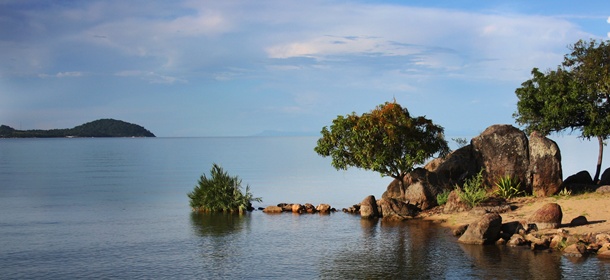 Malawi’s offerings of seasonal natural highlights are extensive and a variety of interesting occurrences take place throughout the year. Each season offers a shift in dynamics and an abundance of wildlife activity occurs across areas of pristine wilderness. Our list below highlights just a few of many interesting wildlife and botanical occurrences which take place throughout the year in Malawi.
Malawi’s offerings of seasonal natural highlights are extensive and a variety of interesting occurrences take place throughout the year. Each season offers a shift in dynamics and an abundance of wildlife activity occurs across areas of pristine wilderness. Our list below highlights just a few of many interesting wildlife and botanical occurrences which take place throughout the year in Malawi.
Orchids bloom in Nyika National Park – During these months over 200 orchids bloom across the grasslands in Nyika National Park. In February particularly, many terrestrial orchids come into bloom across the valleys and they can be seen in patches across the plateau. January – March .
Lillian’s Lovebirds gather in flocks of hundreds in Liwonde National Park – Lillian’s Lovebirds congregate in large flocks of hundreds from June to August in Liwonde National Park. This is a phenomenon mainly due to the fact that the Candelabra Euphorbia are flowering, which provides a feast for the birds. June – August.
The regrouping of eland herds in Nyika National Park – The majestic eland is the world’s largest antelope. Smaller herds can be seen across the plateau throughout the year. During the months of October and November however, the eland herds start regrouping for the breeding season. The larger herds vary in size from 100 to 320 animals in one group. October – November
Elephants gather in herds of hundreds in Liwonde National Park – The elephant population in Liwonde National Park, group together in the drier periods around a fixed water source (the Shire River) for water and for the more nutritious vegetation along the river’s edge. Sightings of larger elephant herds during these months are plentiful and often reach into the hundreds. June – July
Crocodile courtship season (Liwonde National Park). The courtship process begins with males bellowing, bubble-blowing and fighting, thus establishing dominance. Males also swim with their head up for display purposes. The female usually mates with the most dominant male in the vicinity: the older the male, the bigger and thus the most dominant. May – July
Lakefly clouds can be seen across Lake Malawi (Chintheche)– Swarms of adult lake flies (looking like dense clouds of smoke or occasionally spiraling columns that look like waterspouts) are a very common sight over the northern part of the lakeshore. The fly larvae live on the lake bottom where they feed. When they form pupae they float to the surface and hatch all at once causing the giant swarms. These swarms attract fish and many species of birds that feed on the flies. Winds often blow them to the shore and women from local communities catch them in baskets and squash them together to create a local delicacy (a burger like lakefly patty which is then deep fried). July – January
Green Season birding – Birding all year round is incredible in both Liwonde National Park and Nyika National Park with nearly 400 species occurring in both Liwonde and Nyika. The beginning of the rains (the green season) usually coincides with the arrival of many migrant birds who come back from the less hospitable climates north of the equator. The ideal time for spotting Nyika’s migrant birds is between February and March. October – April
Crocodile hatchlings are born – Three months later (around December), high-pitched chirping sounds alert the mother that the incubation period is over. She then breaks open the sand-covered chamber and assists the hatchlings out of their shells by rolling the eggs between her tongue and palate. The mother crocodile then delicately transports the hatchlings in her mouth to the water’s edge, and continues guarding them for 2 more weeks. At birth, the hatchlings are usually around 30cm long, and feed on small insects and other aquatic invertebrates until they are big enough to start eating fish. December.